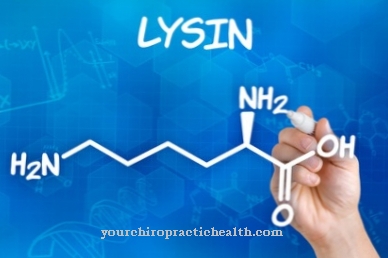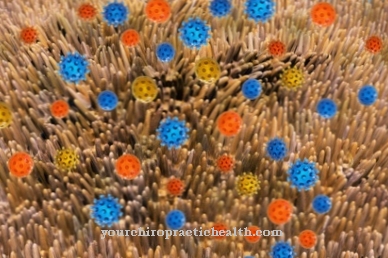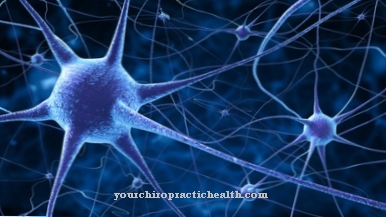The Infant phase is the first phase of a child's life from birth to the first year of life. It goes through a very eventful physical and mental development and is mostly suckled by the mother during this period.
What is the infant phase?

The infant phase does not depend on whether and for how long a baby is suckled, but by definition ends on the first birthday and goes seamlessly into the toddler phase.
A human baby comes into the world underdeveloped compared to other mammals, so the more developments happen in the infancy phase. These do not take place at the same time for every child and can be delayed, premature or erratic and very rapid.
The early childhood stimuli that accompany each phase of development are characteristic of the infant phase. Babies cannot influence these reflexes at will, but they are crucial for early motor development. During the infant phase, the ability to grasp develops, the head and trunk can be moved and controlled independently and the child's first voluntary movements begin.
In addition, the child develops his sense of balance during the infancy phase and learns to hold the body in accordance with its position. Psychological developments also occur during the infant phase, but they are usually viewed separately from this.
Function & task
Shortly after birth, most newborns keep their hands close to their heads and arms raised. The first reflexes are already evident in newborns, while others will only develop in the course of the following months. These early childhood reflexes are the beginning of further physical development. If they can be triggered by certain touches of the infant, they indicate which phase of the infant phase they are in.
Initially, the primitive reflexes set in as the first phase of the infant phase: certain areas of the central nervous system are developed, and reflexes develop as a result. One of them is the grasping reflex of the hands, which can later be arbitrarily influenced and which allows grasping. The baby's head stabilizes as soon as the Moro reflex subsides. The crying reflex, in which the child appears to be walking when held securely by the chest, prepares for walking later.
These so-called primitive reflexes are followed by the tonic reflexes of the infant phase. The child can now bend and stretch better, arms and legs can be moved more and more precisely.
The purpose of the infant phase is to develop the central nervous system (CNS) to such an extent that the child can begin to move freely and learn motor skills. While it can only lie down immediately after birth and hardly move at all independently, some children can take their first steps at the end of the infant phase.
The rapid maturation and development that the CNS undergoes in infancy means that they can definitely sit upright, turn their heads, and roll over. Infants also move very roughly after birth, which changes in the course of the infant phase: they learn finer movements and, not least, can come into different contact with their environment. This enables them to play and have their first social behavior within the framework of intellectual development. Last but not least, the developments in the infant phase also enable the child to speak, which can appear in the form of monosyllabic and two-syllable words even before the first year of life.
Illnesses & ailments
The developments in the infancy phase do not occur at the same time in every child. Sometimes they come earlier, sometimes later - the latter certainly worries the child's parents sometimes. While there are time windows in which the infant's reflexes are normally observed in infants, it does not harm development if they only start afterwards.
Although most worries are unfounded, there are still rare cases in which early childhood reflexes appear too late, not at all, or not in a healthy manner. There can be various reasons for this and should always be examined by a pediatrician. Complications in the infant phase are mostly due to a disease of the central nervous system, be it through a congenital or acquired developmental disorder. If the infant appeared healthy up to now, some CNS diseases can appear for the first time through a delayed or deviating infant phase.
The minor complications during the infancy phase are far more common than dangerous developmental disorders. Some early childhood reflexes can become uncomfortable to stressful for the infant and thus for his parents. In some infants, for example, it has been observed that the Moro reflex, the pulling up of the arms with tension on the body, occurs shortly after falling asleep and causes the baby to repeatedly wake itself up. There is no effective treatment for this, but since every reflex usually only lasts for a short time, such difficulties in the infant phase do not last long.
If a section of the infant phase leads to difficulties in everyday life, the pediatrician can also be consulted because he is sure to know solutions for everyday life that can make it easier for the infant and his parents to deal with the infant phase.
























.jpg)



